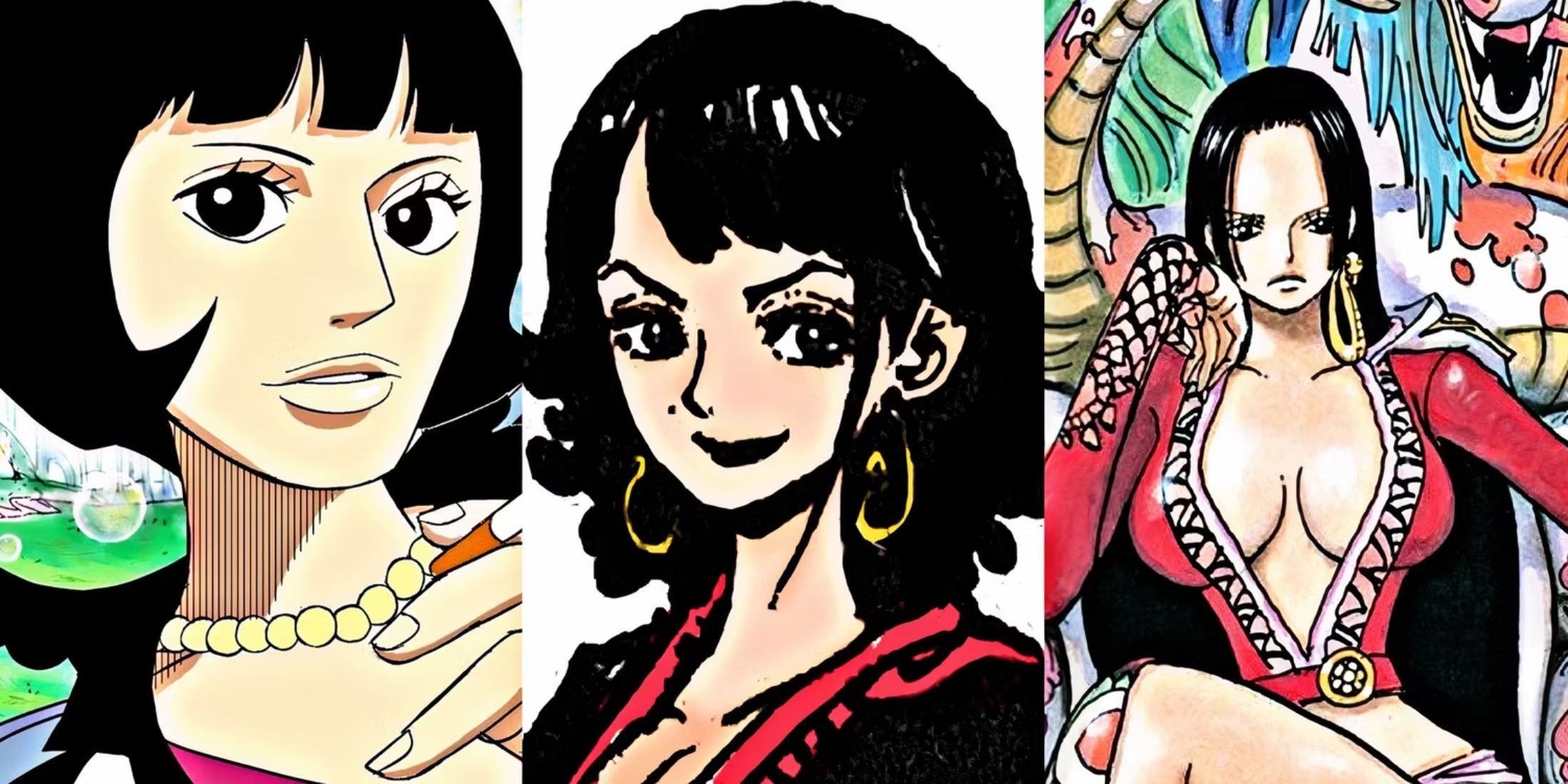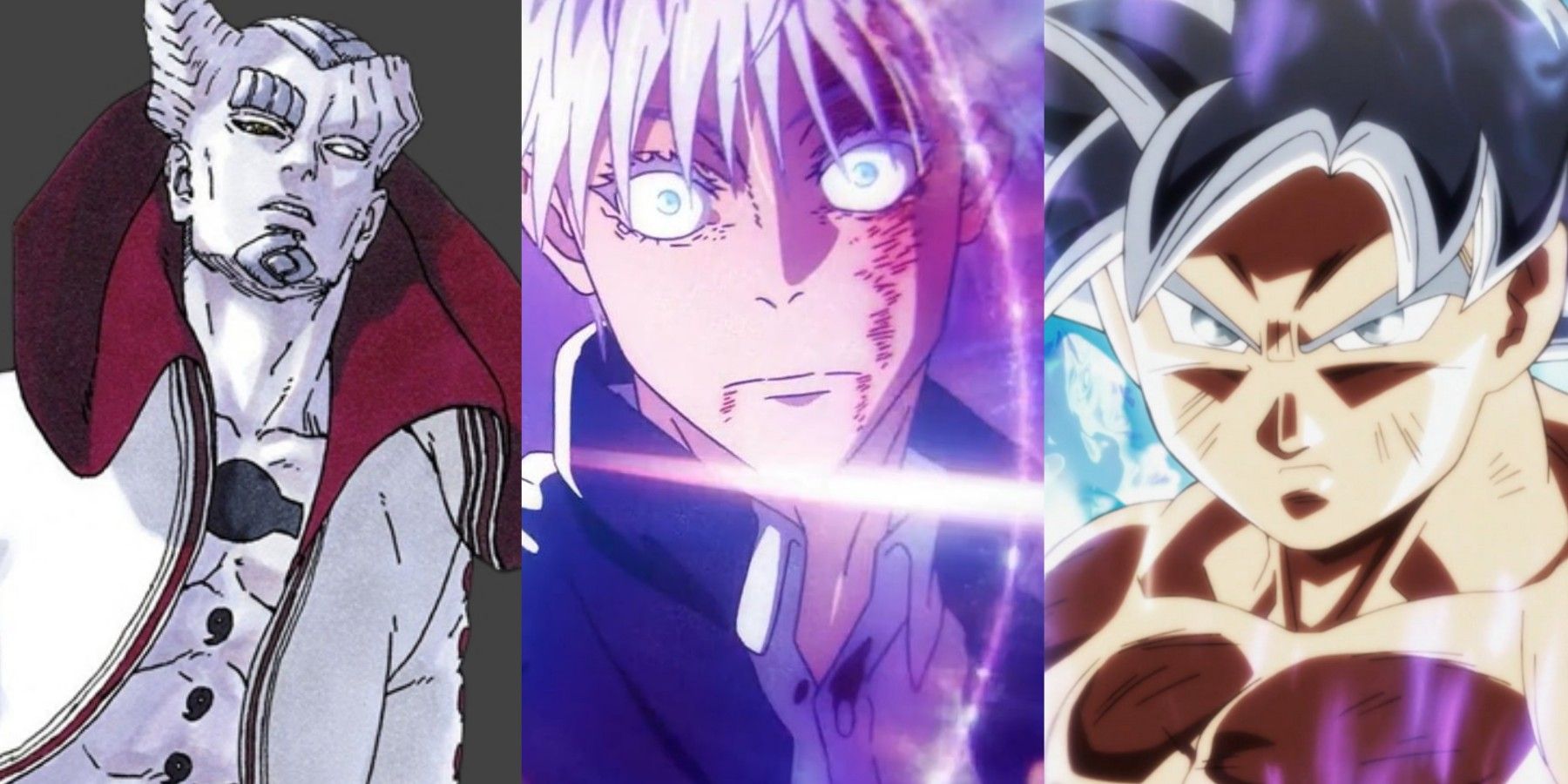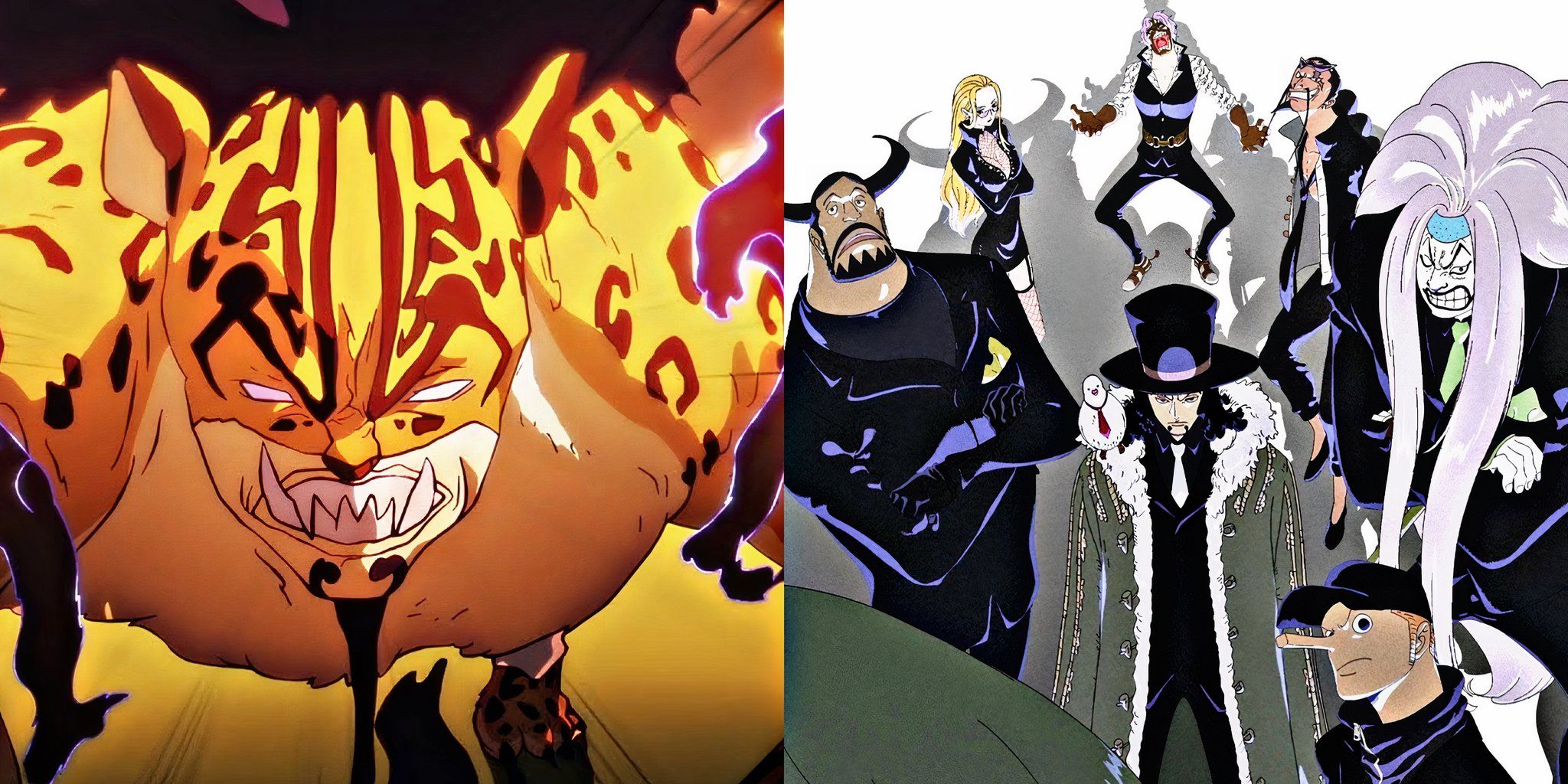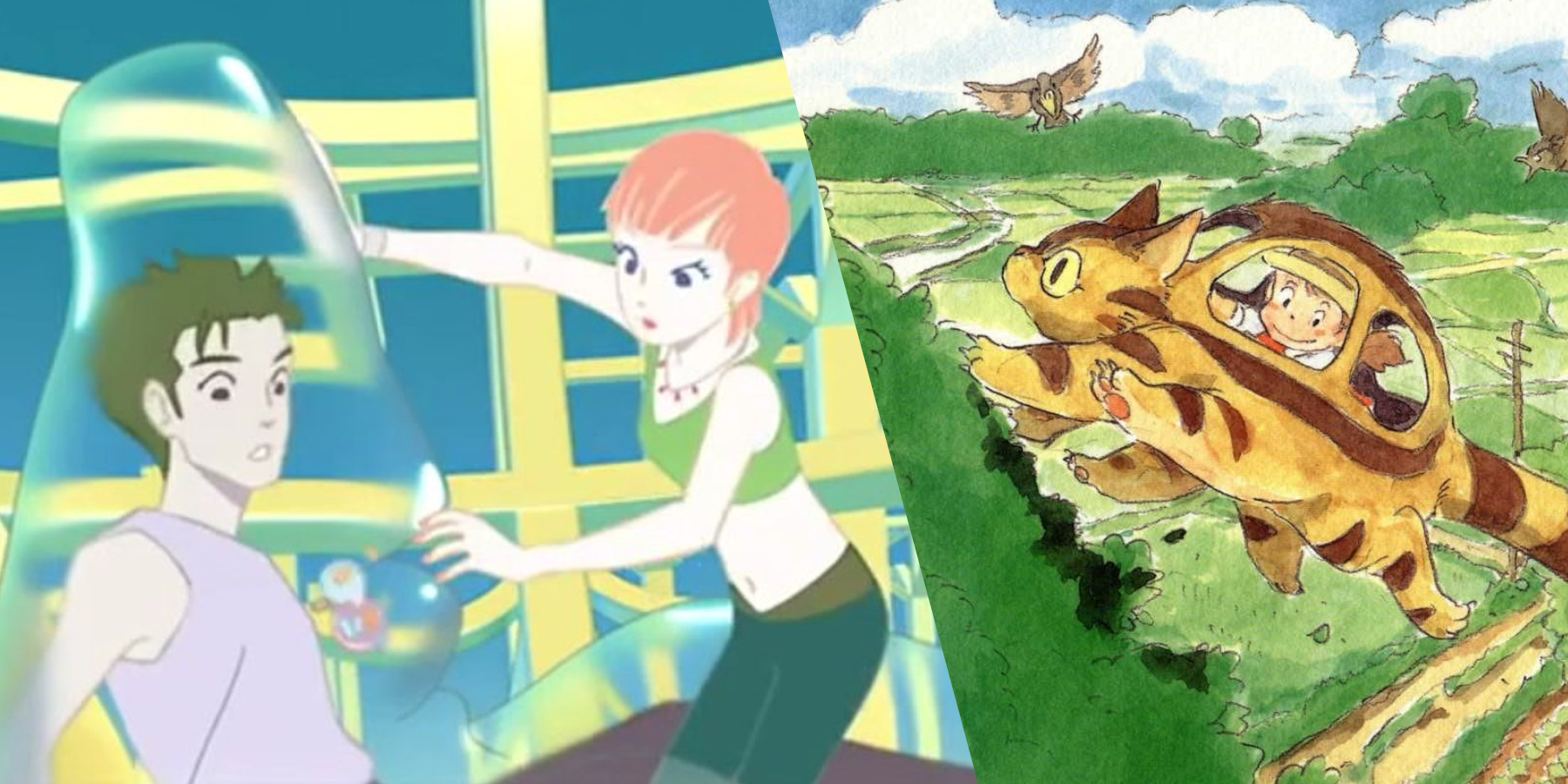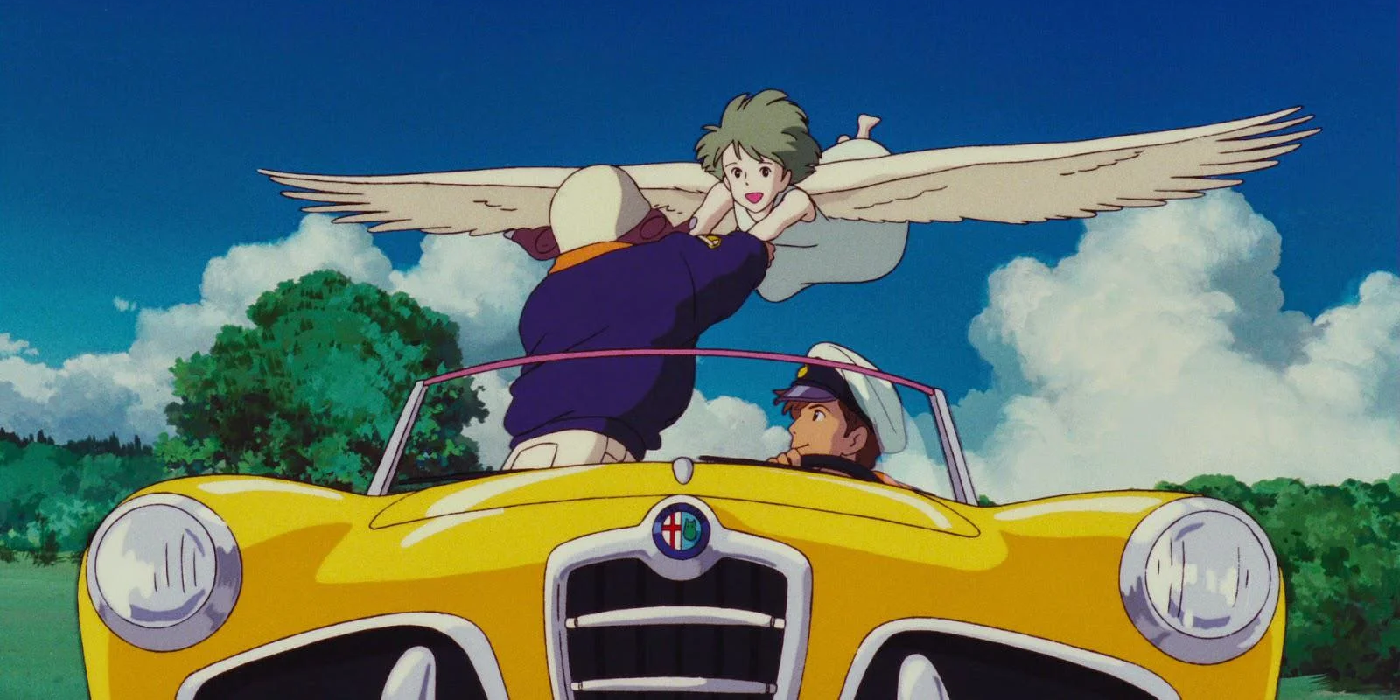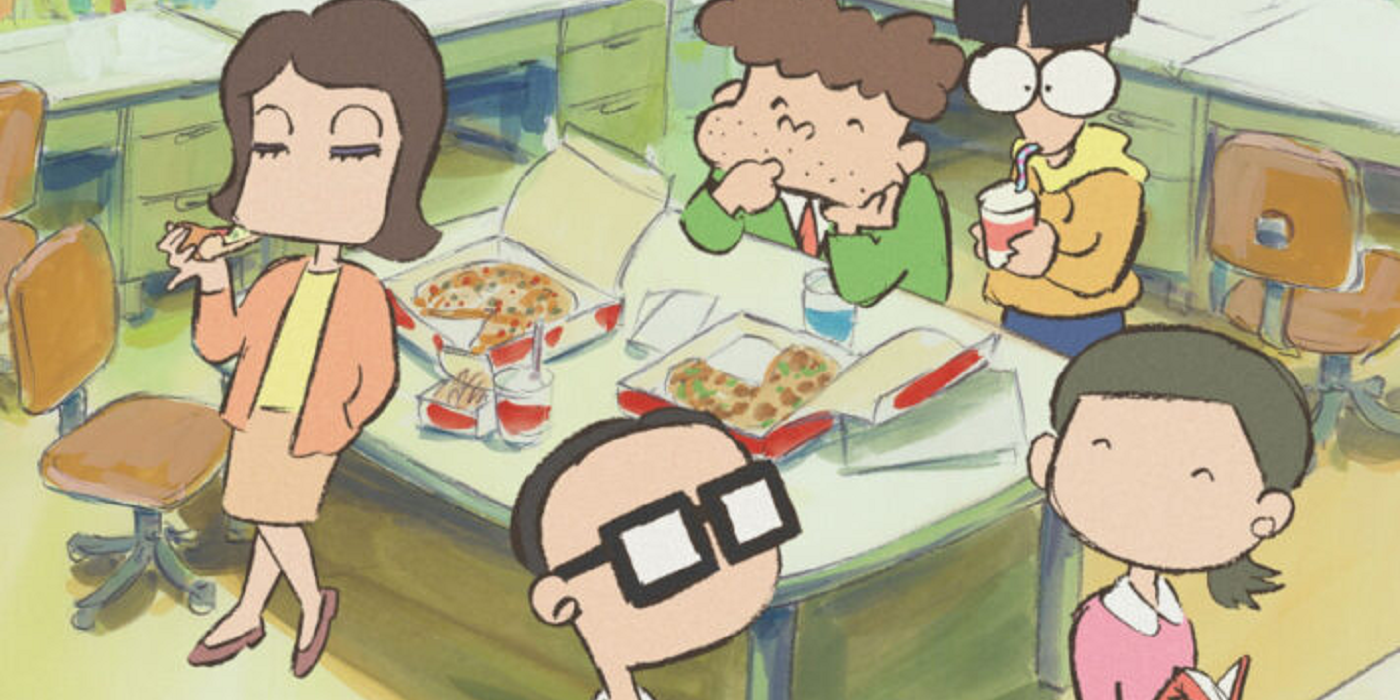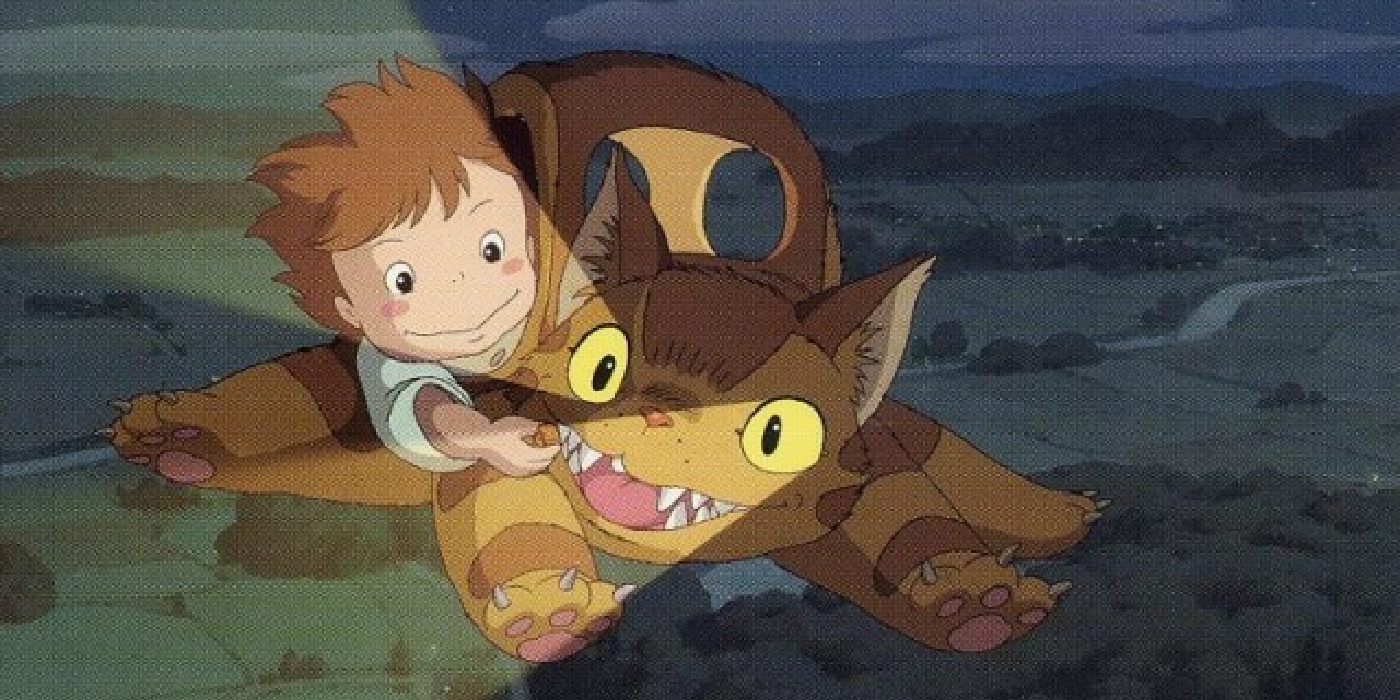Founded in 1985, Studio Ghibli has spent decades entertaining audiences around the world with its unforgettably iconic character designs, heartfelt stories, and breathtaking animation. While Ghibli’s wide and diverse feature output is the biggest draw for the studio, Ghibli has also produced a variety of interesting short films over the years.
Whether it’s music videos, original shorts to accompany their features or direct-to-video accompaniments, Ghibli’s more short-form content is some of the most rewarding, yet tragically overlooked content form anime’s most famous studio.
Music Videos Animated by Studio Ghibli
Ghibli has directed a number of short films for different Japanese musical group. The most well-known among these is a 1995 short film directed by Hayao Miyazaki for the song “On Your Mark” by the group Chage and Aska. Around seven minutes long and initially played before the Ghibli feature Whisper of the Heart, “On Your Mark” is a surreal, distinctly Ghibli-esque animation about an angel-like woman who is taken from the custody of a strange religious cult and relocated in strange and foreboding laboratory, leading to two men hatching a daring plan for her escape. The seven-minute animation shows Miyazaki’s trademark realistic movement in animation, while also thematically echoing the interest in personal dignity pervading Miyazaki’s filmography.
In addition to “On Your Mark,” Ghibli has produced other animated short films through its subsidiary, Studio Kajino, that specializes in alternative and short-form content. With productions through Studio Kajino, Ghibli has been involved in three different music videos for the electronica musical ensemble capsule: “Portable Airport,” “Space Station No. 9,” and “A Flying City Plan.” These short offerings compliment the musical style of capsule with freewheeling graphics and lush green/pink color pallets.
Ghiblies and Ghiblies 2
In 2000, Studio Ghibli attempted to format its anime style to a short-form TV format. Releasing “Ghiblies,” directed by Yoshiyuki Momose, the short used a comedic tone to highlight the studio’s output for the Japanese television network NTV. The short was well-received on Japanese television, and it has received a contemporary uptick in interest when it was included as an accompaniment to the 2016 American theatrical rerelease of Spirited Away, one of the studio’s most iconic features that was in production at the time of the short’s initial release.
After the initial success of “Ghiblies,” a sequel was produced to play before the 2002 Ghibli feature The Cat Returns. Yoshiyuki Momose returned to direct the sequel, and its character designs were handled by Toshio Suzuki, who is known for his producing work on many of Ghibli’s most iconic anime features. Like its predecessor, “Ghiblies: Episode 2” was also rereleased for the 2016 theatrical run of Spirited Away.
Ghibli Museum Exclusive Shorts
In addition to its work with music videos and feature accompaniments, many of Ghibli’s most technically impressive short films have been produced specifically for the Ghibli Museum in Mitaka, Japan. Dedicated to the creative celebration of the studio’s animation, the Ghibli Museum regularly shows a collection of short films in rotation at its Saturn theater. Many of these films are completely original creations, whereas others are expansions and short-form “catch-ups” on other Ghibli properties. These films are hard to find outside of specific showings at the Ghibli Museum, and as such are some of the studio’s most prized and obscure content.
A majority of these shorts have historically been side-projects worked on by Hayao Miyazaki between his larger projects. The Ghibli Museum series began in 2001 with “Kujiratori,” a 15-minute piece directed by Hayao Miyazaki that follows a group of children whose playtime is illustrated between the mundaneness of their school and the fantastical ocean world of their imagining, complete with a playful whale. Secondly came “Koro no Daisanpo” in 2002, a heartwarming story about a puppy who has adventures around a small-town before returning to his owner. Also in 2002 was the release of Miyazaki-directed “Mei and the Kittenbus,” a short follow-up to My Neighbor Totoro 14 years after its initial release. Set about two months after My Neighbor Totoro, "Mei and the Kittenbus" expands upon the relationship between the film's protagonist Mei as she meets the magical spirits of the original feature, also meeting a cuter "Kittenbus" to Catbus, who happened to also be voiced by Miyazaki himself. “Mei and the Kittenbus” has never received an official home video release, and its rarity outside of a small handful of festival showings and rotations at the Ghibli Museum has led to it being one of the studio’s most elusively coveted works.
The most recent of the museum’s short films, “Boro the Caterpillar,” was released in 2018. A short that actually convinced Miyazaki to come out of retirement, “Boro the Caterpillar” tells the story of a newly-hatched caterpillar navigating his way through the complexities of the world. Studio Ghibli’s short films have come in a variety of formats and different production deals, and many of them have been included in compilations similar to the short films of the American studio Pixar. While many of these hidden gems are available in these releases, Studio Ghibli’s short films remain some of the studio’s most esoteric—and rewarding—treats for fans.

